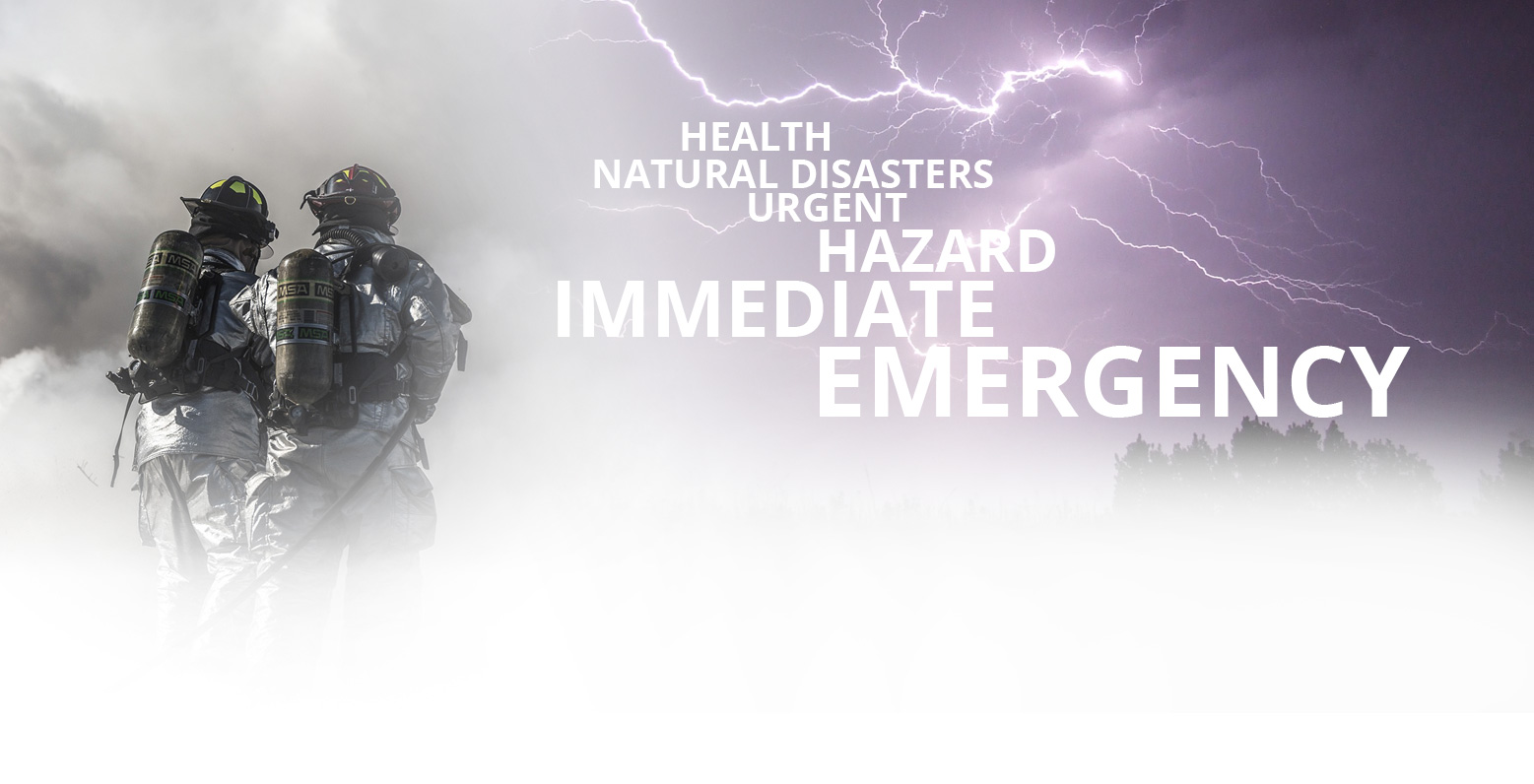Ebola Information
En EspañolNational, State and local public health officials are monitoring the situation closely and taking steps to keep residents safe. To date there have been no reported cases in California or Stanislaus County. The risk for spreading Ebola remains low throughout the United States and California.
What Is Ebola
 Ebola Virus Disease is an infectious disease caused by the Ebola virus. People who do not have symptoms are not contagious. Ebola is a severe, often fatal disease in humans and non-human primates (such as monkeys, gorillas, and chimpanzees). It is spread through direct contact (through broken skin or mucous membranes) with blood or body fluids of an infected person or exposure to objects that have been contaminated with infected bodily fluids.
Ebola Virus Disease is an infectious disease caused by the Ebola virus. People who do not have symptoms are not contagious. Ebola is a severe, often fatal disease in humans and non-human primates (such as monkeys, gorillas, and chimpanzees). It is spread through direct contact (through broken skin or mucous membranes) with blood or body fluids of an infected person or exposure to objects that have been contaminated with infected bodily fluids.
What Is Your Risk Of Exposure
If you have traveled to Guinea, Liberia, Mali, or Sierra Leone in West Africa within the past 21 days, and are experiencing fever, headache, weakness, muscle pain, vomiting or diarrhea
OR
have been exposed to someone infected with Ebola, you should call your health care provider right away or go to the emergency room. You should tell your doctor or health care provider about your travel history, and your symptoms.
Prevention
Currently, there is no vaccine to prevent Ebola. CDC advises travelers to avoid all non-essential travel to countries affected by the outbreak. If you travel to an area affected by the current Ebola outbreak, it is important you do the following things:
- Avoid contact with blood or body fluids
- Do not handle items which may have come into contact with an infected person’s blood or body fluids
- Avoid contacts with bats and primates (chimpanzees, gorillas, monkeys) and raw meat prepared from these animals
- Avoid hospitals where suspected or confirmed Ebola patients are being treated AND
- Wash your hands as often as possible with soap and water for a minimum of 20 seconds
Symptoms
Symptoms of Ebola may appear anywhere from two to 21 days after exposure, with an average of 8-10 days. The symptoms can include:
- Fever (>101.5°F or 38.6°C)
- Severe headache
- Muscle pain
- Weakness
- Diarrhea
- Vomiting
- Abdominal (stomach) pain
- Unexplained bleeding or bruising
Treatment
Currently, there is no specific approved treatment in the US for Ebola. Supportive medical therapy can be provided to address bleeding and other complications.
Resource Information
- For more information about Ebola, please visit the California Department of Public Health’s Ebola Virus Information Page.
- For the latest updates on Ebola activity, please visit the CDC website.
- For the latest Ebola case counts and outbreak information, please visit the CDC Communication Resources page.




